The Philippines is a nation known for its rich heritage and breathtaking landscapes. This tropical paradise is home to six UNESCO World Heritage Sites, each with its unique charm and significance. From centuries-old churches and colonial towns to stunning natural landscapes like rice terraces, underground rivers, and marine reserves teeming with marine life, the Philippines has been recognized by UNESCO for its outstanding universal value.
These sites are a testament to the country’s diverse cultural heritage, showcasing its history, architecture, and traditions. Join us on a captivating journey as we explore these UNESCO World Heritage Sites, uncovering the captivating stories and beauty that make the Philippines a truly extraordinary destination.
Come, let’s embark on this adventure together and see the wonders of the Philippines’ World Heritage sites!
1. Rice Terraces of the Philippine Cordilleras in Ifugao
The Rice Terraces of the Philippine Cordilleras in Ifugao is a living testament to the ingenuity, culture, and sustainable farming practices of the indigenous Ifugao people, who have been cultivating these terraces for over 2,000 years. This UNESCO World Heritage Site is located in the northern part of Luzon Island, Philippines, and comprises five clusters of terraced rice fields carved into the mountainsides, covering a total area of approximately 10,360 square kilometers.
The Rice Terraces of the Philippine Cordilleras are a marvel of engineering and represent a harmonious coexistence between humans and nature. The terraces were painstakingly built by hand, using stone and mud walls to create terraced fields that follow the contours of the mountains, allowing the Ifugao people to cultivate rice in otherwise challenging terrain. The terraces are designed to capture and distribute water from the forests above, making them a remarkable example of sustainable and ecologically sound agriculture.
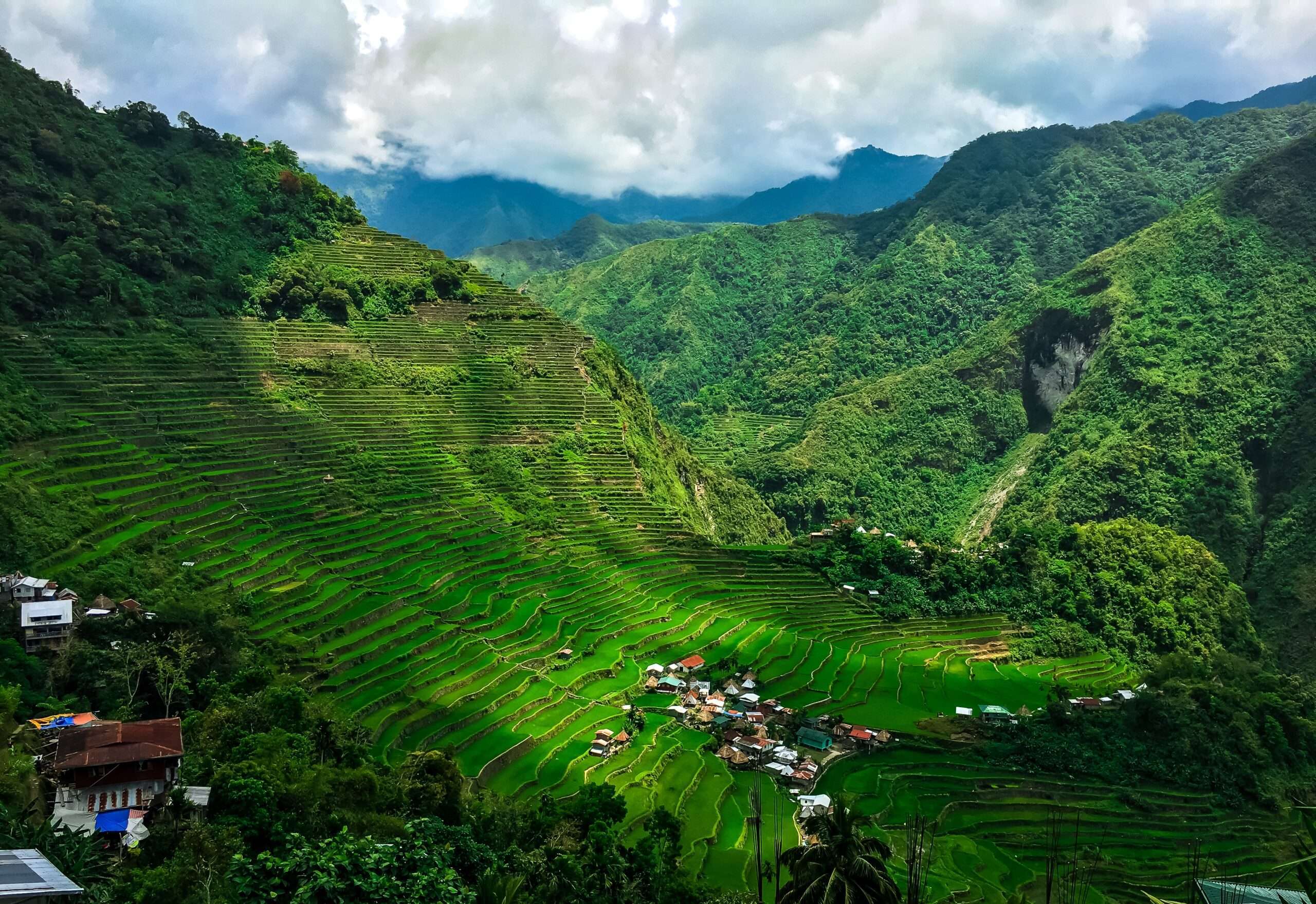
2. Vigan City in Ilocos Sur
The Historic City of Vigan, located in Ilocos Sur province in the northern part of Luzon Island in the Philippines, is a UNESCO World Heritage Site renowned for its well-preserved Spanish colonial architecture and unique fusion of Asian and European cultural influences. This charming city, also known as the “Mestizo District,” showcases a captivating blend of Spanish, Chinese, and Filipino architectural styles that reflect its rich history and cultural heritage.
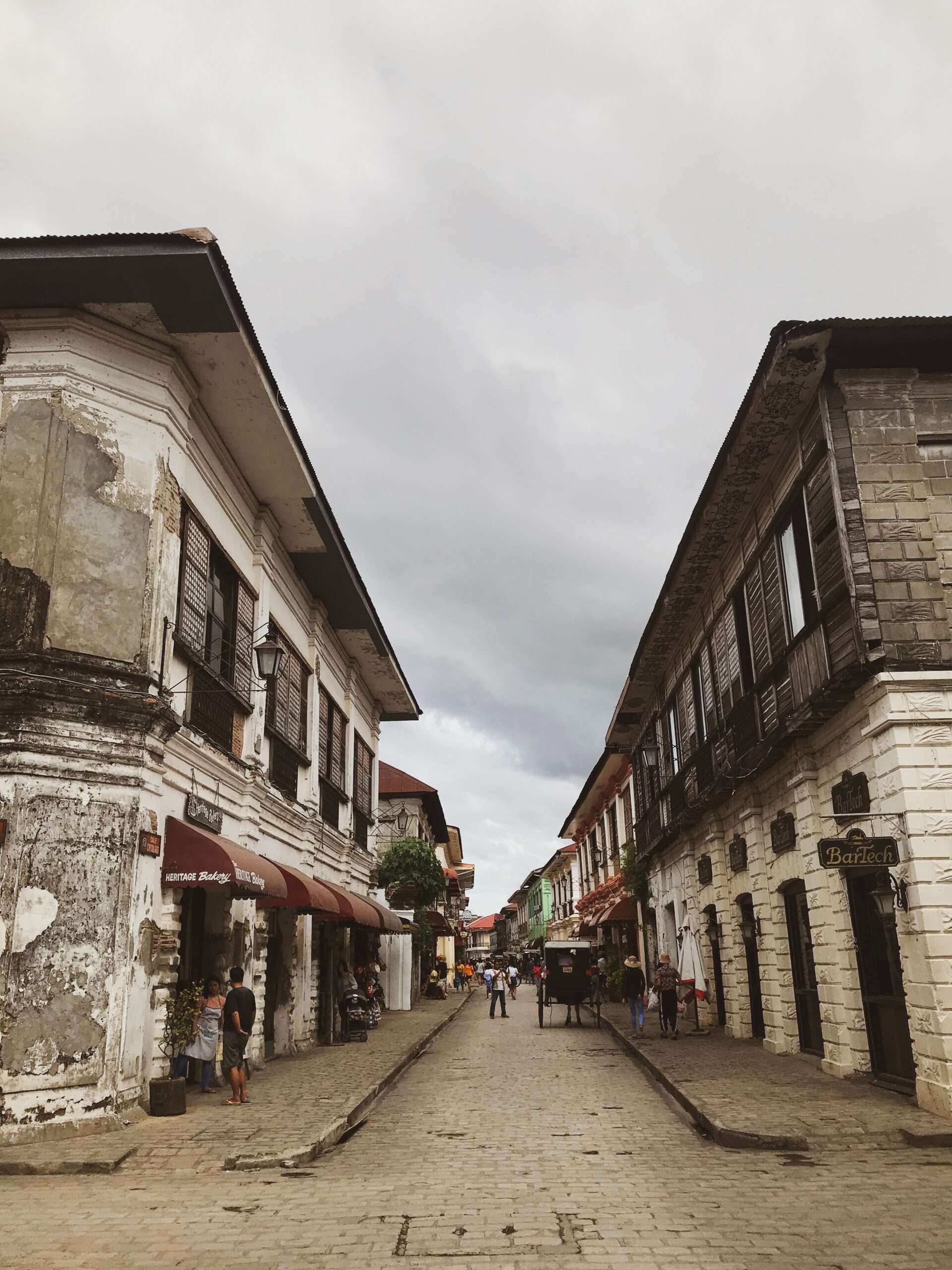
One of the most famous landmarks in Vigan is Calle Crisologo, a picturesque street lined with well-preserved Spanish-era houses made of coral stones and bricks. This street provides a glimpse into the city’s rich past and is a favorite spot for tourists and locals alike to explore and experience the city’s unique charm. Vigan’s cultural heritage goes beyond its architecture, as the city is also known for its rich culinary traditions and crafts.
The city is renowned for its traditional crafts such as pottery, weaving, and woodcarving, which have been passed down through generations. Vigan is also famous for its local cuisine, which showcases a unique blend of Spanish, Chinese, and Filipino flavors, including Vigan longganisa (local sausage), empanada (deep-fried turnover filled with meat and vegetables), and sinanglao (a local soup dish).
3. Baroque Churches of the Philippines
San Agustin Church in Manila
San Agustin Church, located in Manila, Philippines, is a UNESCO World Heritage Site and is known as the oldest stone church in the country. It holds a significant place in Philippine history and culture, as it is a testament to the country’s Spanish colonial past and its strong Catholic heritage. The construction of San Agustin Church started in 1587 and was completed in 1607 by Spanish friars.
The church, made of coral stones, boasts a stunning Baroque architectural style, with intricately carved details and ornate designs that reflect the grandeur of Spanish colonial architecture. The facade of the church features an imposing set of massive wooden doors adorned with exquisite carvings of biblical scenes, saints, and angels.
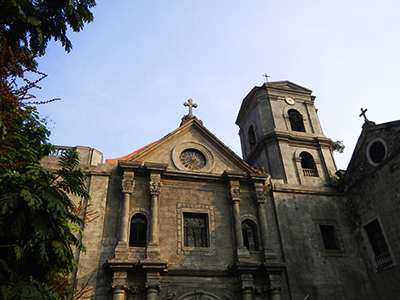
Today, San Agustin Church remains an active Catholic church and a popular tourist destination. It is also a favored venue for weddings, concerts, and other cultural events. Its inclusion in the UNESCO World Heritage List has helped raise awareness and support for its conservation and preservation, ensuring that future generations can continue to appreciate its historical and cultural significance.
Paoay Church – Ilocos Norte
Paoay Church, also known as the St. Augustine Church, is a UNESCO World Heritage Site located in the town of Paoay in the province of Ilocos Norte, Philippines. It is one of the best examples of Baroque architecture in the Philippines and is considered a cultural and historical treasure of the country.
The church was built in 1704 by the Augustinian friars, using coral stones and bricks that were plastered with a mixture of limestone and sugarcane juice. This unique combination of materials has allowed the church to withstand numerous earthquakes and typhoons over the centuries.
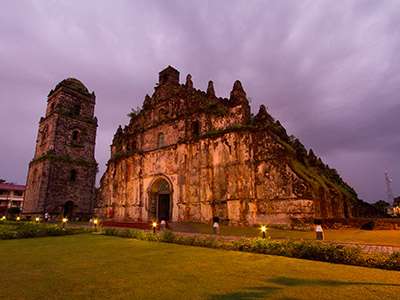
Today, the church remains an active place of worship for the local community and is also a popular venue for weddings and other special events. It is a testament to the enduring beauty and strength of Philippine architecture and continues to inspire awe and admiration among all who visit it.
Santa Maria Church in Ilocos Sur
The Our Lady of the Assumption Church also referred to as Santa Maria Church, is situated in the municipality of Santa Maria in Ilocos Sur province, Philippines, and has been designated as a UNESCO World Heritage Site. It is renowned as one of the finest specimens of Baroque architecture in the country and a prominent cultural and historical gem.

Using a combination of lime, bricks, and coral stones, the Augustinian friars constructed the church in 1765. It is distinguished by its narrow and pointed 45-meter-high bell tower, which resembles a rocket ship. Additionally, the church’s facade is adorned with intricate carvings, reliefs, and a statue of the Virgin Mary at its pinnacle.
Inside the Santa Maria Church, visitors will be astounded by the ceiling’s religious imagery and ornate altars that showcase sculptures of various saints and other religious figures. Moreover, the church is famous for its unique trompe-l’oeil murals, which impart an illusion of three-dimensional space.
Miag-ao Church in Iloilo
Miag-ao Church, also called Santo Tomas de Villanueva Parish Church, stands as a distinguished UNESCO World Heritage Site situated in the town of Miag-ao, Iloilo province, Philippines. It is an excellent representation of the Philippine Baroque architectural style and holds immense cultural and historical value for the nation.
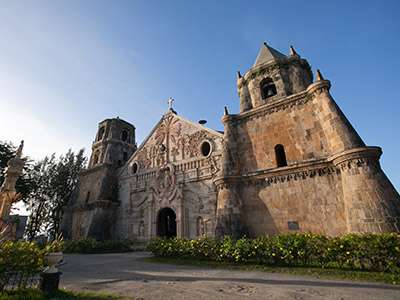
The bell tower of the church, standing separately from the main edifice, is a striking feature believed to have functioned as a watchtower and lookout during the Spanish colonial era. The interior of the church is equally splendid, featuring a barrel-vaulted ceiling decorated with paintings of angels and other religious motifs.
In recognition of its exceptional baroque architecture and cultural and historical significance, Miag-ao Church has declared a UNESCO World Heritage Site in 1993. It is considered one of the most stunning churches in the Philippines, attracting numerous tourists and pilgrims every year.
Tubbataha Reefs Natural Park, Puerto Princesa, Palawan
Tubbataha Reefs Natural Park is located in the Sulu Sea, around 150 kilometers southeast of Puerto Princesa City, in Palawan, Philippines. It is a marine sanctuary and a UNESCO World Heritage Site that covers an area of approximately 97,030 hectares, boasting some of the world’s best coral reefs and marine biodiversity. The park is home to over 600 species of fish, 360 species of coral, and 11 species of sharks, and is a nesting site for green and hawksbill sea turtles. It is also a breeding ground for various bird species.

Tubbataha Reefs Natural Park was declared a UNESCO World Heritage Site in 1993 due to its exceptional biodiversity and conservation efforts. It is considered one of the world’s most significant marine protected areas, making it a popular destination for conservationists and nature enthusiasts alike.
Puerto Princesa Subterranean River National Park, Palawan
Puerto Princesa Subterranean River National Park is a protected area located in the St. Paul Mountain Range, 50 kilometers north of the city center of Puerto Princesa in the province of Palawan, Philippines. The park is known for its underground river, which has been recognized as one of the New 7 Wonders of Nature and is a UNESCO World Heritage Site.
The underground river, which stretches 8.2 kilometers, is believed to be the longest navigable underground river in the world. It flows directly into the sea and is surrounded by limestone cliffs and rock formations. The river is also home to a variety of unique flora and fauna, including several species of bats and the Palawan peacock-pheasant, a critically endangered bird.
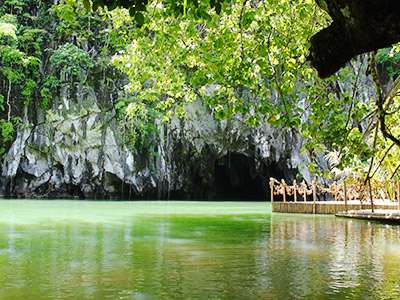
Mount Hamiguitan Range Wildlife Sanctuary, Davao Oriental
The Mount Hamiguitan Range Wildlife Sanctuary, located in the southern Philippines province of Davao Oriental, is a protected area and a UNESCO World Heritage Site. Spanning 31,000 hectares, it showcases a distinct mountain ecosystem that houses various rare plant and animal species, many of which are exclusive to the area. The range is famous for its diverse plant life, harboring over 1,380 species of flora, including 22 types of pitcher plants, 16 species of orchids, and numerous ferns and mosses. The area is also home to a variety of rare and endangered animals, including the Philippine eagle, tarsier, and cockatoo.
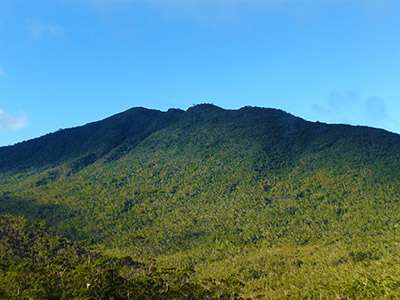
The sanctuary is named after Mount Hamiguitan, a stratovolcano revered by the indigenous Mandaya people. The peak’s exceptional topography, with its sharp peaks, deep gorges, and cascading waterfalls, adds to the area’s natural allure, attracting hikers and nature enthusiasts.
To sum up, the UNESCO World Heritage Sites found in the Philippines demonstrate the country’s valuable cultural and natural legacy. These remarkable locations exhibit the nation’s exceptional history, art, and natural marvels, which hold great significance not only to the Philippines but also to the entire world. A visit to these sites presents a wonderful opportunity to explore the country’s varied culture and breathtaking natural scenery while also promoting the importance of safeguarding and conserving these treasures for the benefit of future generations.
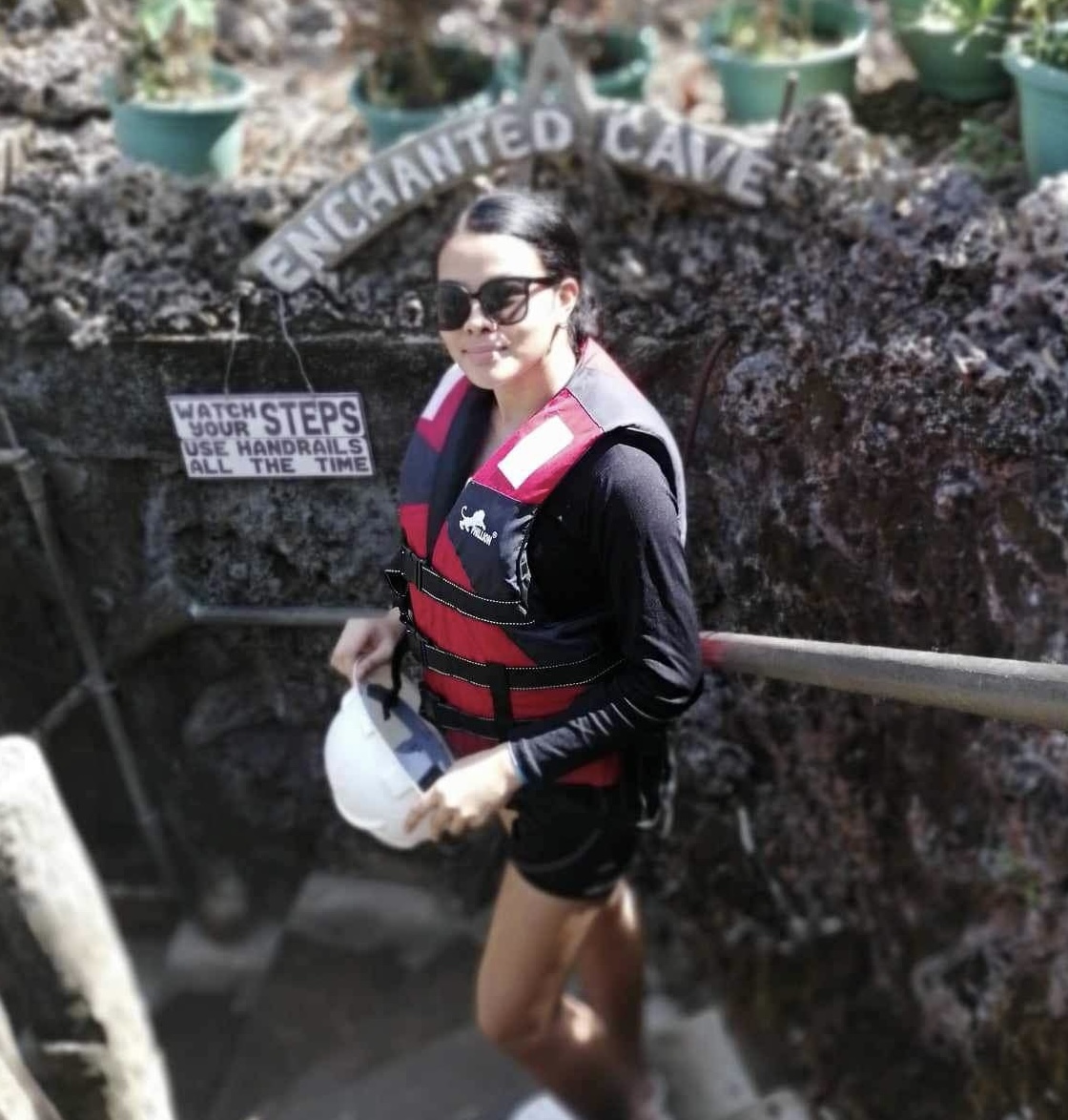
I’m Ken, an avid travel blogger and a nurse chronicling my adventures on “The Sneaky Traveller.” My journey in healthcare and travel enthusiast is driven by a desire to make a meaningful impact in both realms.
